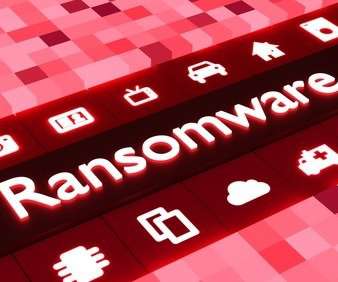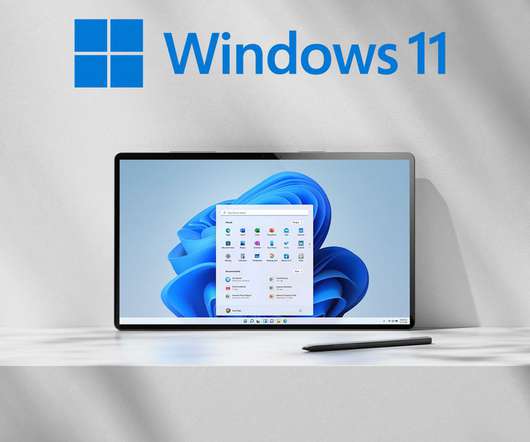Technology Short Take 176
Scott Lowe
MARCH 15, 2024
Servers/Hardware Menno Finlay-Smits shares information on reducing fan noise on Intel NUCs. The vulnerability affects virtually all Linux distributions and allows attackers to bypass the secure boot protections and insert a low-level bootkit. Think Linux doesn’t have malware? TL;DR: It’s not as easy as it might seem.)




































Let's personalize your content